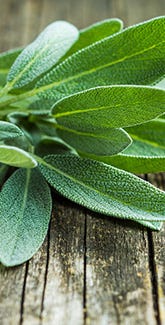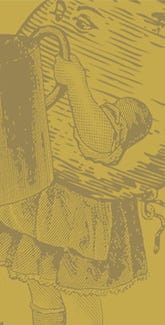How to Grow Corn
All About Corn
One of the greatest gifts that the New World presented to the Europeans was corn, or maize as it was then called by some. And one of the first sights for Christopher Columbus’ crew as they reached Hispaniola was fields of maize growing on the island. Corn was once wild-growing, but modern corn has become such a specialized food product that it cannot survive without cultivation by humans.
There are at least six types of corn. Dent corn has kernels that have an indentation on their tops and contain soft, starchy corn under their dented tops. Flint corn has very hard kernels that are tough to grind when dried. Flour corn has soft kernels that are very easy to grind. Popcorn kernels burst open when heated. Pod corn, which is not well known and seldom grown today, is an ornamental variety that produces tiny husks and multicolored kernels.
Sweet corn, the kind with which most of us are familiar, differs from all the other types of corn because the kernels lack the ability to convert sugar into starch. Because of this, sweet corn retains its sweet taste for a short period of time after it is harvested.
How to Plant and Grow Corn
- Soil: Corn requires warm soil (65-75 degrees) to germinate and rich soil to grow.
- Sowing Seeds: Wait until after the last frost of spring to direct seed and make sure that plenty of dried manure has been added to the soil several weeks prior to planting. Select a sunny spot with ample space, making sure it's on a side of the garden that won't block the sun from other plants when the corn stalks get tall. Sow seeds 1 inch deep and 3-4 inches apart, in rows 30 inches apart. (For intense backyard gardening, rows can be as close as 15 inches, but the plants will require frequent fertilization.)
- Growing: Once they're established, thin seedlings to 12 inches apart. Since corn is wind pollinated, it should be planted in beds that are nearly square to maximize the number of fully developed ears. We have actually harvested dozens of ears of corn from tiny, but intensively gardened beds that were just 8 x 8 feet in size.
- Harvesting: About 60-80 days after planting, corn will be ready to harvest. You'll know it's time to harvest when the silk at the top starts to turn brown. Corn is best eaten the same day it's picked - it will start to sturn starchy right after picking.
Did You Know? Fun Fact About Corn
Unlike some vegetables that lose a bit of their nutritional impact when cooked, corn actually gets more powerful! Its antioxidant activity increases during the cooking process, making it even better at protecting the body against things like cancer and heart disease.



